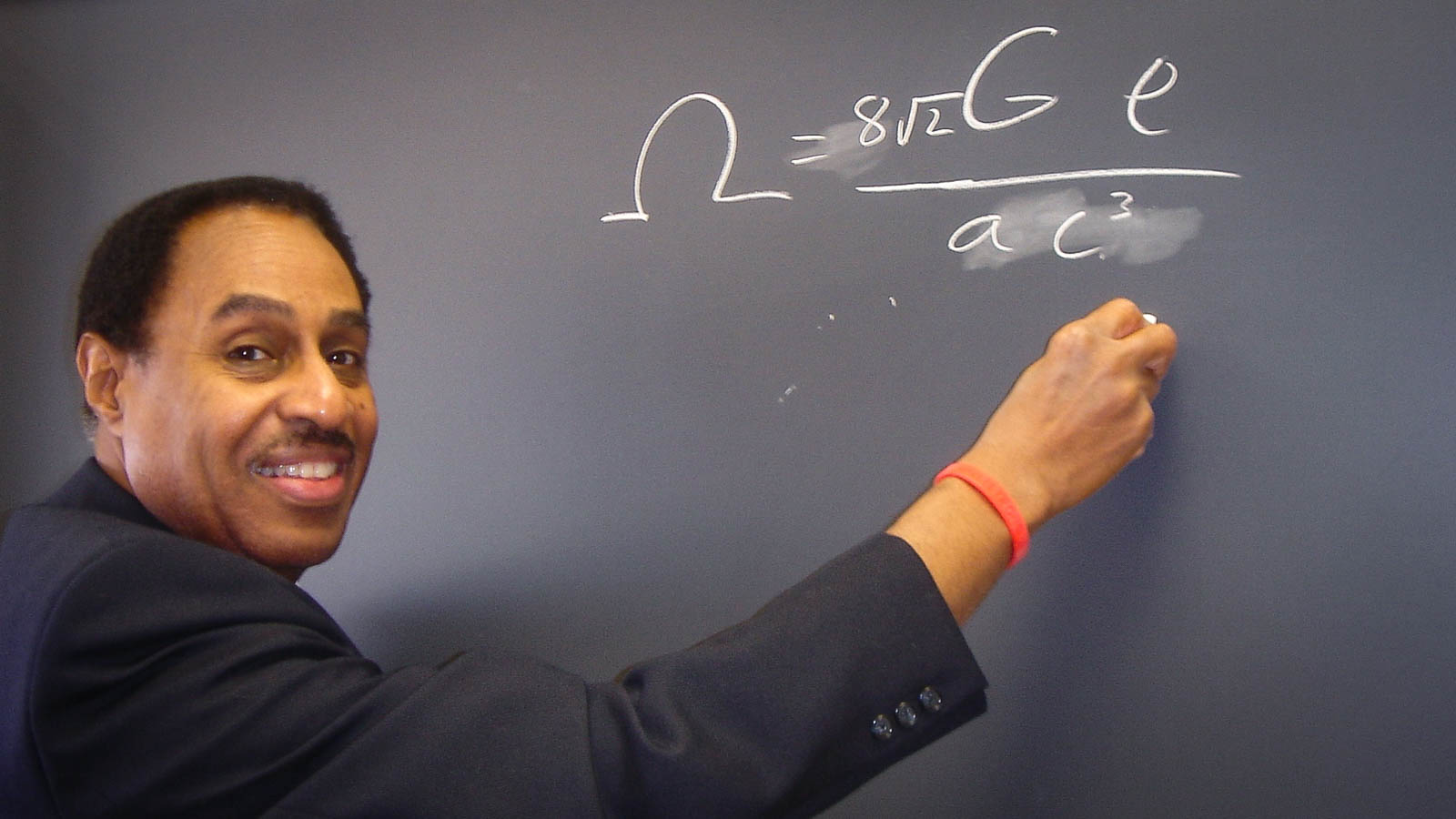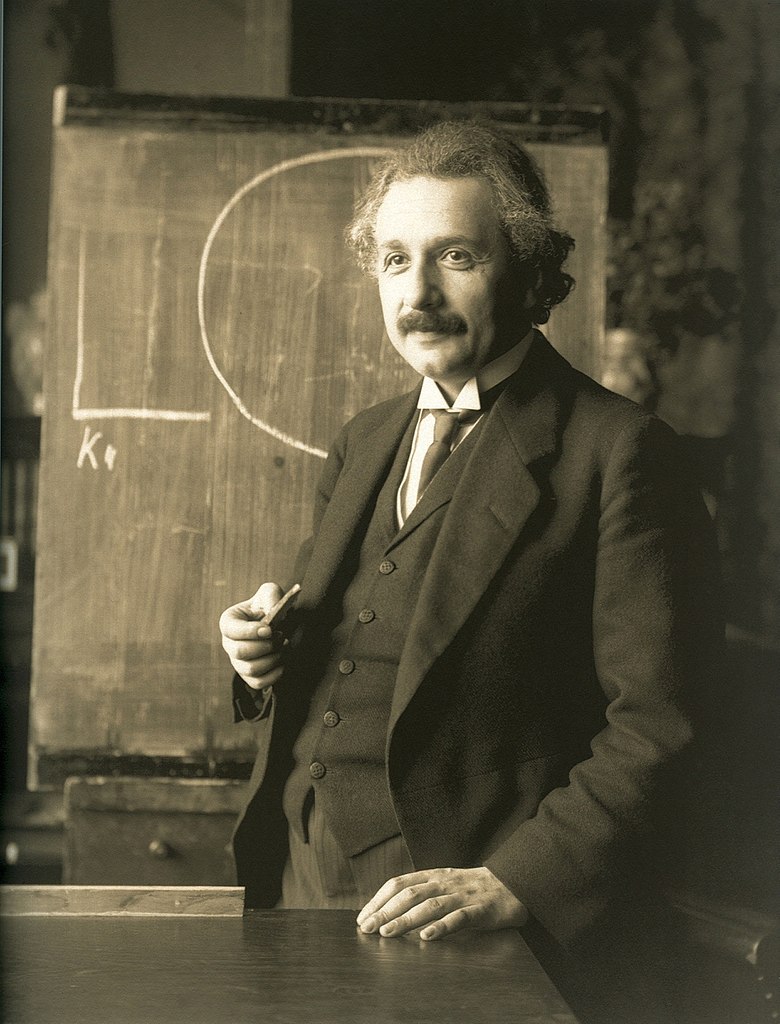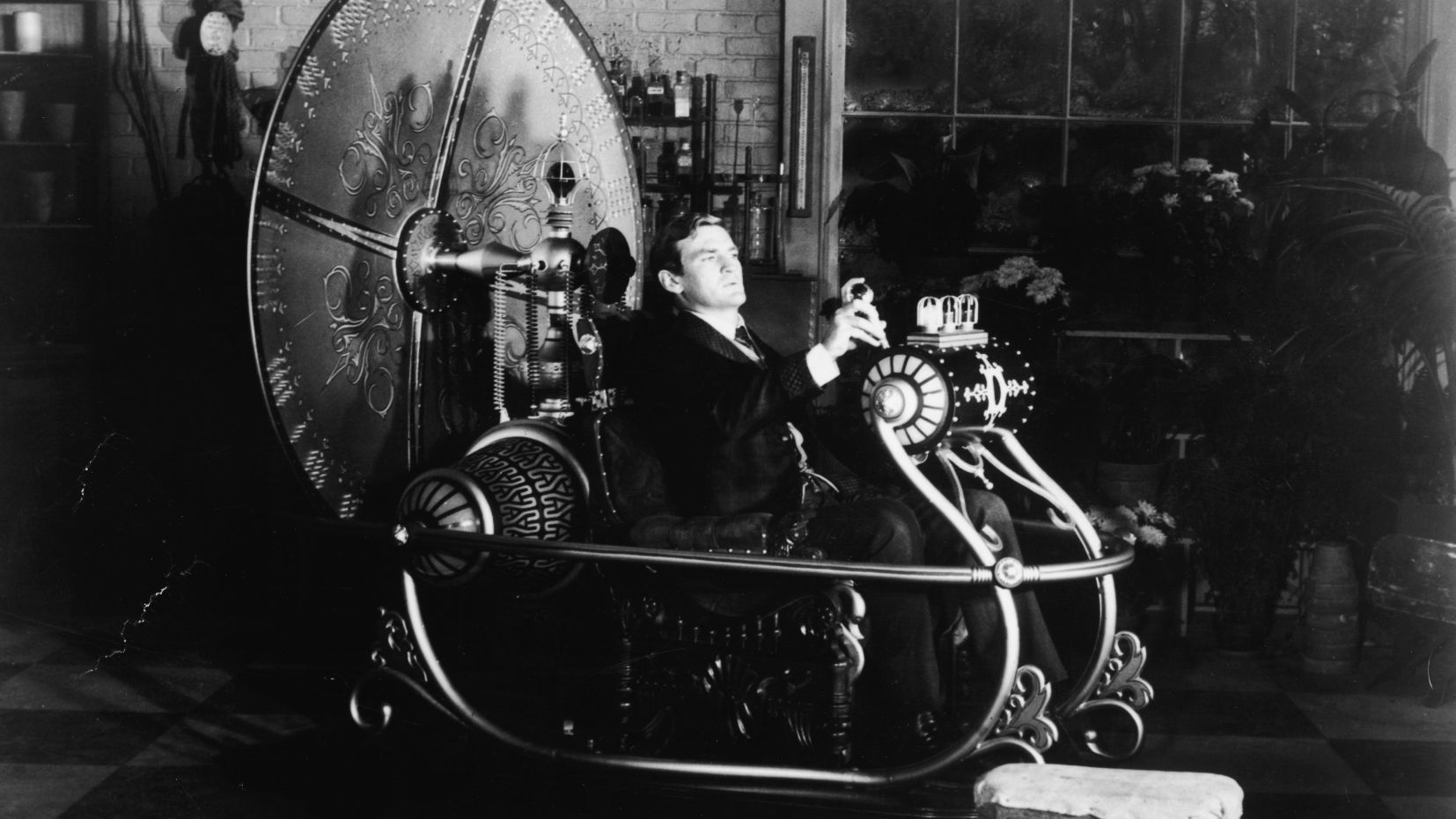Astrophysicist Ron Mallett believes he’s found a way to travel back in time — theoretically. The tenured University of Connecticut physics professor recently told CNN that he’s written a scientific equation that could serve as the foundation for an actual time machine. He’s even built a prototype device to illustrate a key component of his theory — though Mallett’s peers remain unconvinced that his time machine will ever come to fruition.

To understand Mallett’s machine, you need to know the basics of Albert Einstein’s theory of special relativity, which states that time accelerates or decelerates depending on the speed at which an object is moving.

Based on that theory, if a person was in a spaceship travelling near the speed of light, time would pass more slowly for them than it would for someone who remained on Earth. Essentially, the astronaut could zip around space for less than a week, and when they returned to Earth, 10 years would have passed for the people they’d left behind, making it seem to the astronaut like they’d time-travelled to the future.
But while most physicists accept that skipping forward in time in that way is probably possible, time travelling to the past is a whole other issue — and one Mallett thinks he could solve using lasers.
As the astrophysicist explained to CNN, his idea for a time machine hinges upon another Einstein theory, the general theory of relativity. According to that theory, massive objects bend space-time — an effect we perceive as gravity — and the stronger gravity is, the slower time passes.
“If you can bend space, there’s a possibility of you twisting space,” Mallett told CNN. “In Einstein’s theory, what we call space also involves time — that’s why it’s called space-time, whatever it is you do to space also happens to time.”
He believes it’s theoretically possible to twist time into a loop that would allow for time travel into the past. He’s even built a prototype showing how lasers might help achieve this goal.
“By studying the type of gravitational field that was produced by a ring laser,” Mallett told CNN, “this could lead to a new way of looking at the possibility of a time machine based on a circulating beam of light.”
As optimistic as Mallet might be about his work, though, his peers are sceptical that he’s on the path to a working time machine.

“I don’t think [his work is] necessarily going to be fruitful,” astrophysicist Paul Sutter told CNN, “because I do think that there are deep flaws in his mathematics and his theory, and so a practical device seems unattainable.”
Even Mallet concedes that his idea is wholly theoretical at this point. And that even if his time machine does work, he admits, it would have a severe limitation that would prevent anyone from, say, travelling back in time to kill baby Adolf Hitler.
“You can send information back,” he told CNN, “but you can only send it back to the point at which you turn the machine on.”




